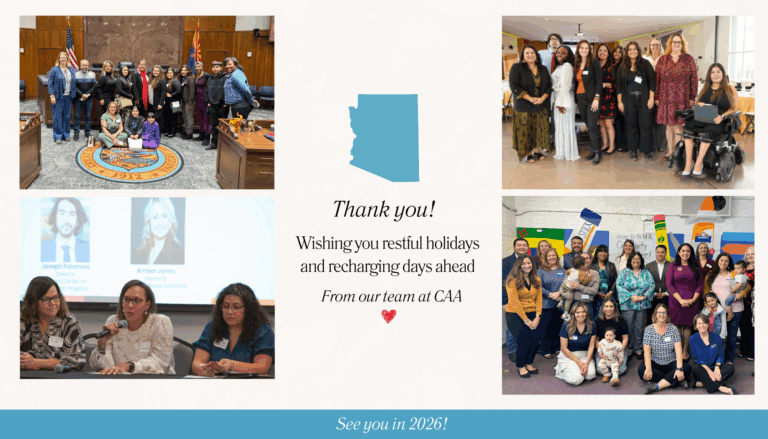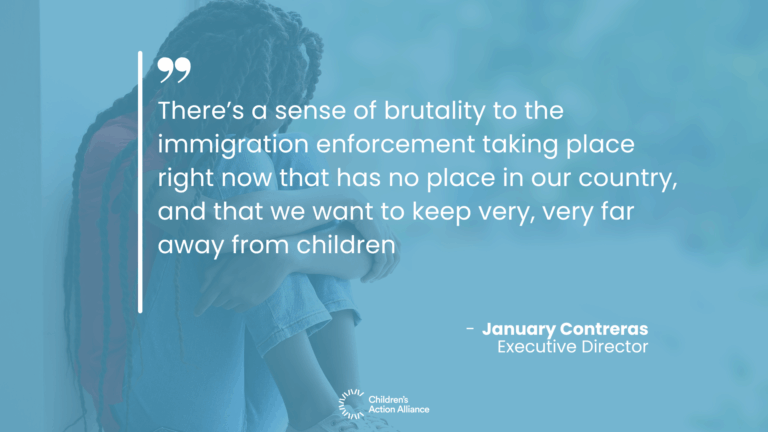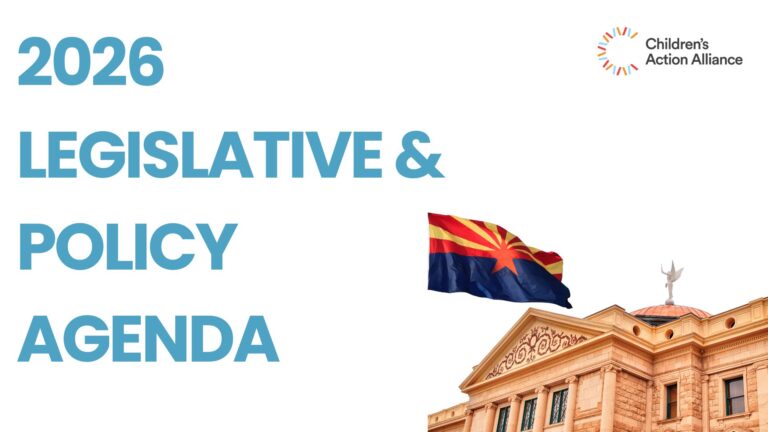
Governor Ducey’s proposed budget - The good, the bad and more tax cuts
Last spring when the COVID pandemic began, the legislature passed a basic “skinny budget” so they could rapidly end the legislative session and return home. At that time, with large portions of the economy shutting down and thousands of Arizonans losing their jobs, state budget experts were predicting a $1.1 billion shortfall for the fiscal year and an even larger shortfall for the coming fiscal year. But, unexpectedly, instead of ending fiscal year 2020 with a shortfall, the state’s ending balance was more than $370 million. This was largely due to an infusion of federal dollars, including about $396 million in federal COVID relief dollars that Governor Ducey used to pay for state agency operations that normally would be paid with state general fund dollars. Increased federal unemployment payments and two rounds of stimulus checks also contributed to what the governor’s budget projects is a $1.1 billion ending cash balance for the current fiscal year and a projected $923 million revenue surplus, after the governor’s spending proposal, for the coming fiscal year.
Governor Ducey released his fiscal year 2022 budget proposal last week which centers around a phased-in tax cut that would grow to a cost of $600 million in three years. If passed, and combined with the $386 million in tax cuts enacted in 2019, would result in nearly $1 billion less in revenue each year.
Governor's proposed budget changes compared to previous year

What is missing from the Governor’s budget proposal are the investments needed to help Arizona’s children and families get through the health and economic crisis, like:
- Increasing child care subsidy reimbursement rates to provide safe, quality child care options for working parents of young children;
- Making up for the estimated $389 million in state funding that Arizona’s public schools will lose during the pandemic due to declining enrollments and reduced formula funding for virtual instruction than in-person instruction;
- Expanding eligibility for food assistance resources;
- Making health care more accessible for Arizona’s children by expanding eligibility for KidsCare, Arizona’s Children’s Health Insurance Program;
- Doubling the kinship stipend from $75 to $150 per child per month for children the Department of Child Safety places with grandparents and other relatives.
The Governor’s budget does include some important investments, like:
- $18 million to fund the continuation of the childcare waitlist and for a new pilot program that provides child care to children of parents pursuing education and nursing degrees;
- $92.7 million in supplemental funding for the stabilization of child care centers and to further support providers during the pandemic;
- $10 million to renew and bolster the Rural Broadband Grant Program.
In the coming weeks, Governor Ducey and lawmakers will begin to negotiate what the final budget will look like. With so much economic uncertainty still present, we will continue to urge them that now is not the time for more tax cuts and they should instead pass a budget that puts the needs of Arizona’s children and families first.



